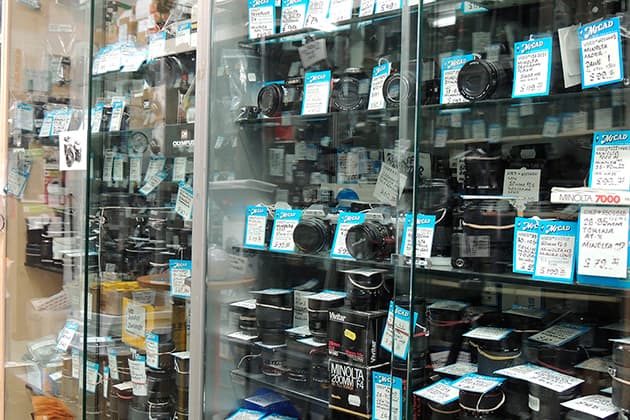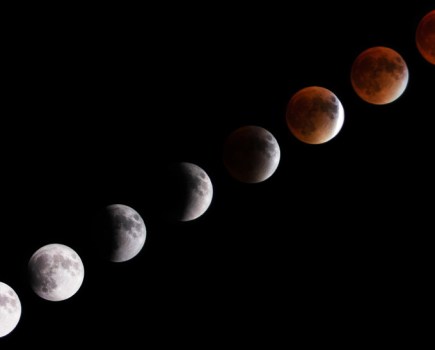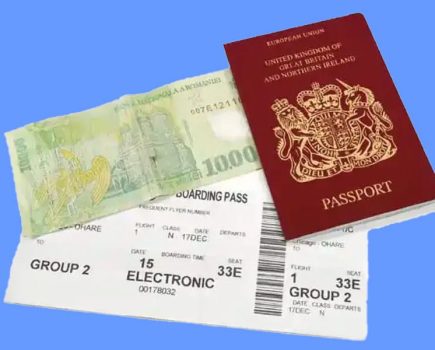Growing market for vintage

Grays of Westminster sells a vast array of pre-owned Nikon equipment.
You can make great savings by buying pre-owned cameras and lenses, and more than 40% of our sales are of this kind. The most unusual piece of equipment we have sold is a Nikkor 6mm f/2.8 fisheye lens, which provided a 220° angle of view and sold for £100,000. The item debuted at Photokina in 1970 and was the most extreme lens to cover the 24x36mm image area. It had a huge glass dome, which dwarfed the camera. More commonly we are asked for AF and MF Nikkor lenses, DSLRs and manual focus 35mm SLRs. There is a growing market for fine examples of vintage Nikon equipment too. We check pre-owned gear in a painstaking manner, looking at cosmetic condition, checking the sensor for marks or dust, recording the number of shutter actuations and running through every function of the camera to determine if it’s in perfect working order. If the item requires servicing to bring it back to factory standards we arrange for this to be carried out too. When you buy pre-owned equipment it’s important to check the extent of the warranty, the approval period and the shop’s reputation.
Grays of Westminster, www.graysofwestminster.co.uk
Sound investment
Around 60% of our business comes from the sale of pre-owned equipment, and the camera we are asked for most is the Leica MP. People find buying pre-owned Leica equipment (cameras and lenses) to be a sound investment, and the demand for film cameras is strong. The most unusual piece of equipment we have sold is a Leica 250 GG [a 35mm rangefinder camera made between 1934 and 1953. Only 950 bodies were produced]. If you’re looking to purchase pre-owned gear check the condition, the functionality, and buy from a legitimate source.
Red Dot Cameras, www.reddotcameras.co.uk
The discipline of film
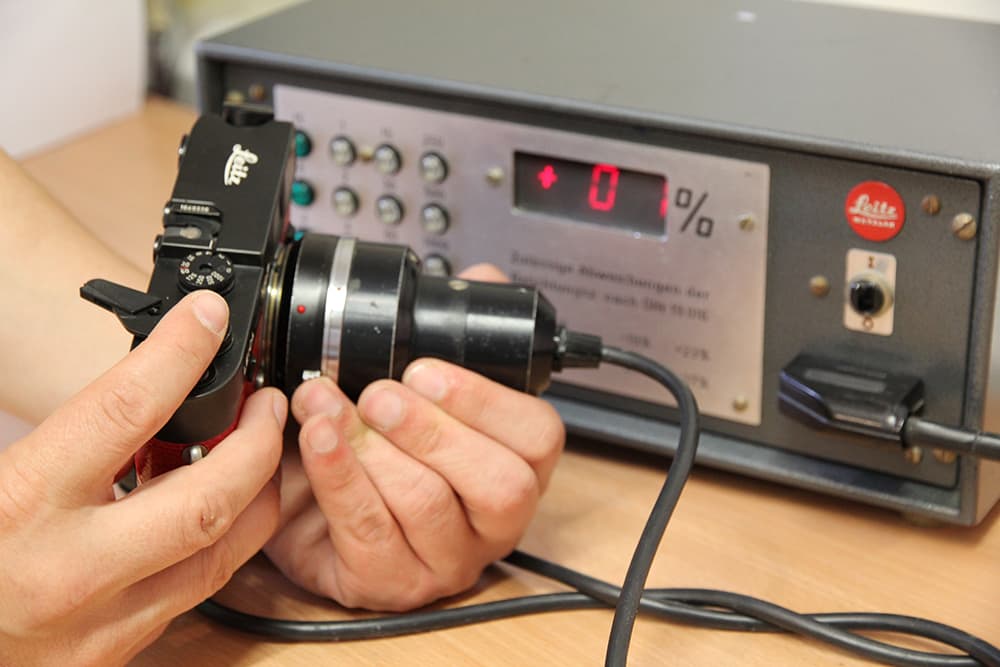
Make sure that the retailer has fully checked and tested the item.
The market for pre-owned cameras is strong at the moment – more than 70% of our business comes from used-equipment sales. You can pick up items that have hardly been used for a fraction of the original price – we often sell cameras with shutter counts in the low hundreds. Medium-format film cameras are particularly popular, as they’re more affordable than they’ve ever been. People seem to enjoy the discipline of using film. You have a limited amount of images and I think this helps to improve the quality of the pictures taken. We have seen and handled many rare and interesting cameras over the years, but one that springs to mind is a Compass camera outfit – an extremely compact film camera made like a Swiss mechanical watch. It came with a selection of black & white negatives shot more than 50 years ago. When you’re buying used equipment you need to have complete confidence in the retailer, so make sure they have fully checked and tested the items. They should also be backed up by a good guarantee and returns policy.
FFordes Photographic, www.ffordes.com
Creative freedom of film
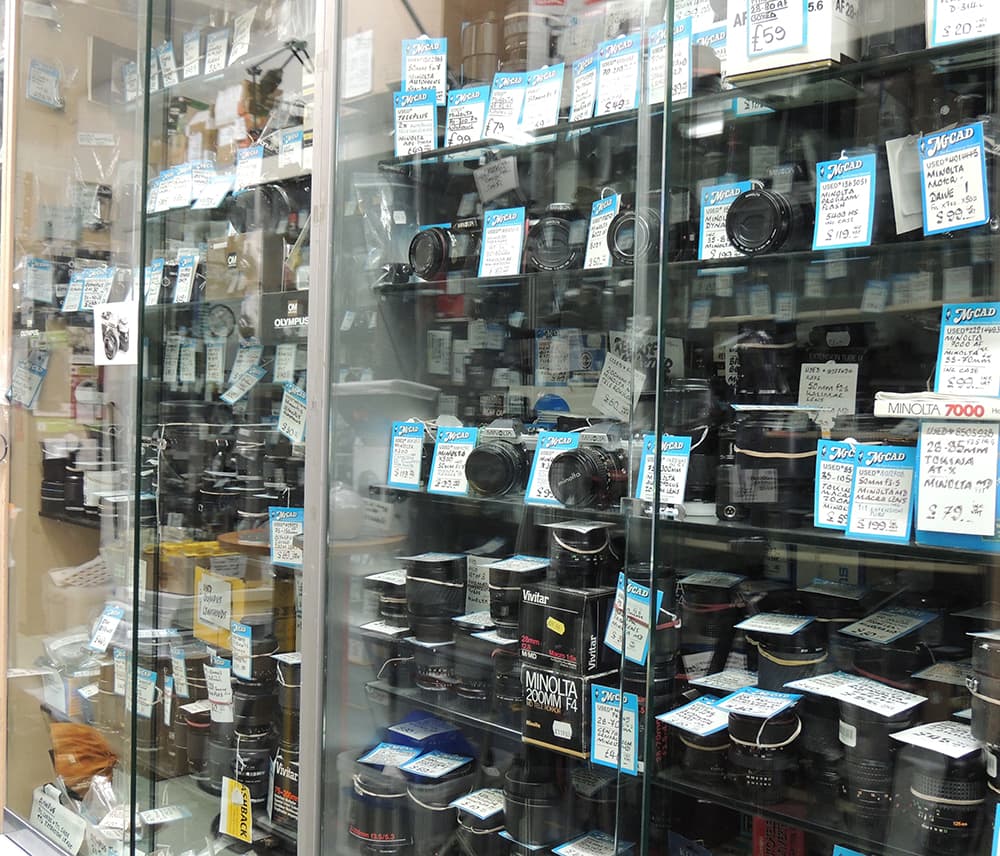
Mr Cad specialises in used items – from 35mm cameras to lenses and accessories.
People of all ages are buying film equipment at the moment and we are selling everything from Canon Sureshots to Nikon 35Ti cameras. Some parts of the world never had film the first time round, so now their financial situation has changed they want to try it. What’s more, the younger generation is enjoying the creative freedom film provides. The most popular films at present are Kodak ColorPlus and Kodak Portra. If I had £1,000 in my pocket I would buy a Nikon F2AS body (£629) or a Hasselblad XPan with 45mm and 90mm lenses (£800). The most unusual item we’ve sold recently is a Lomography Spinner 360°, which takes eight panoramic photos on a standard 36 exposure 35mm film roll.
Mr Cad, www.mrcad.co.uk
Top tips for buying pre-owned gear
Buy from a trusted source
The best way to purchase pre-owned equipment is through a reputable retailer. It might cost you more than buying through an online auction site, car boot sale or camera fair, but often with good reason. Retailers employ experts to check over equipment that comes through their doors.
Request thorough checks

Request thorough checks for any pre-owned equipment.
When buying a camera from a trusted source check the focusing, metering systems, shutter mechanisms, viewing screens and self-timer. Lenses should be analysed for haze, fungus, chips or scratches, and the aperture diaphragm should operate smoothly.
Check for fungus
Fungus can be a serious problem for old film cameras. It enters the lens through the air when you zoom or focus, and appears as blobs or web-like patterns in the glass. Affected areas must be dealt with swiftly, but many lenses are so badly damaged that they aren’t worth consideration.
 Consider the rating
Consider the rating
Take a look at the condition rating next to the product. Gradings range from Mint (where the product is usually boxed and shows no signs of wear) to Heavily Used (where the item shows significant usage, but remains functional). Ask yourself if you are willing to pay more for a pristine example, or happy to live with some minor surface scratches and marks.
Look for cosmetic damage
Check the equipment for cosmetic damage. While the odd scratch may not be a problem – rusty, dented or heavily scratched gear may not have been well cared for, or might have been stored badly. Give the kit a sniff too – if it smells musty it may be suffering from internal corrosion.
Ask about the guarantee
Check the length of any guarantee or approval period: some retailers offer warranties of 12 months with a 14-day approval period, while others will offer you your statutory rights. (A 14-day ‘no quibble’ returns policy, and a six-month guarantee is pretty decent.)
Lomography
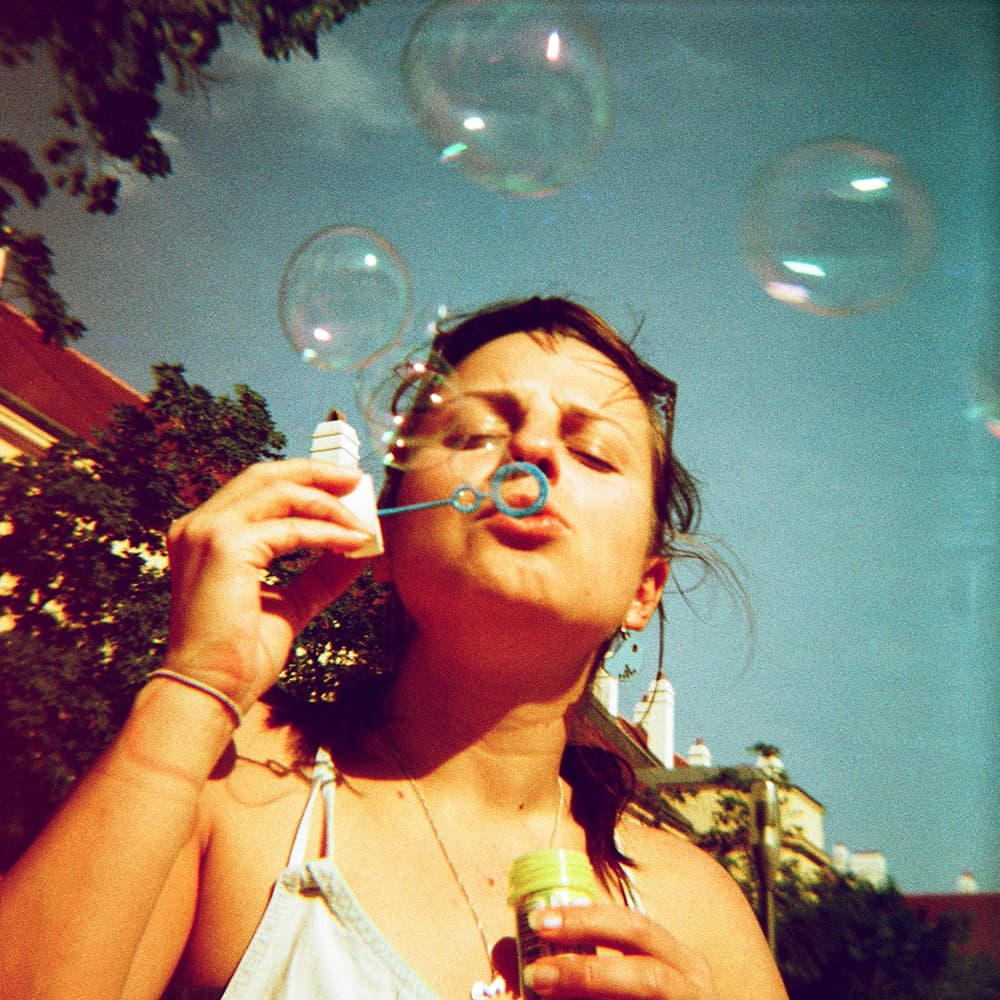
Lomography is dedicated to experimental and creative photography, encouraging people to push the boundaries.
You may well have heard of Lomography, the organisation dedicated to experimental and creative photography. The collective abides by 10 Golden Rules including ‘take your camera everywhere you go’, ‘try the shot from the hip’, and ‘don’t think’. It embraces all of the subtle and unusual aesthetic qualities of film photography and tries to push the boundaries with cameras, film and art lenses. We know from experience that photography is becoming increasingly popular with people who want to try something different and learn about the origins of photography itself.
Lomography produces a range of cameras, films, lenses and photo accessories, many of which are extremely unusual. Popular items include the Lomo’Instant Wide and Lomo’Instant Automat. Instant photography is currently growing in popularity. The idea of physically holding your photo and waiting for it develop in front of you seems to appeal to a new generation of photographers who are only used to seeing their work on screen. In addition, the Diana F+ is one of our most versatile and experimental medium- format cameras. It has a plastic lens, which often results in a distinctive soft focused, dreamy, lo-fi quality. Artists have been known to use this particular camera for fashion and music shoots, amongst other things.
The organisation also sells a range of films covering 35mm, 120 and 110 formats. One of our most recent additions is the Lomography Color Negative F2/400, which provides attractive grain, refined colours and a beautifully unique X-Pro feel. We also sell 8mm and 16mm film, as well as sheet film and photographic papers.
The Lomography motto is, ‘don’t think, just shoot’. To find out more visit www.lomography.com.
Hannah Brown, is the UK marketing manager for Lomography and has a passion for double exposures and experimenting with slide film. She is also a budding pattern designer and textile screenprinter. See www.lomography.com and www.kvist.co.uk.

